Taking the Next Step
Jan 20, 2022
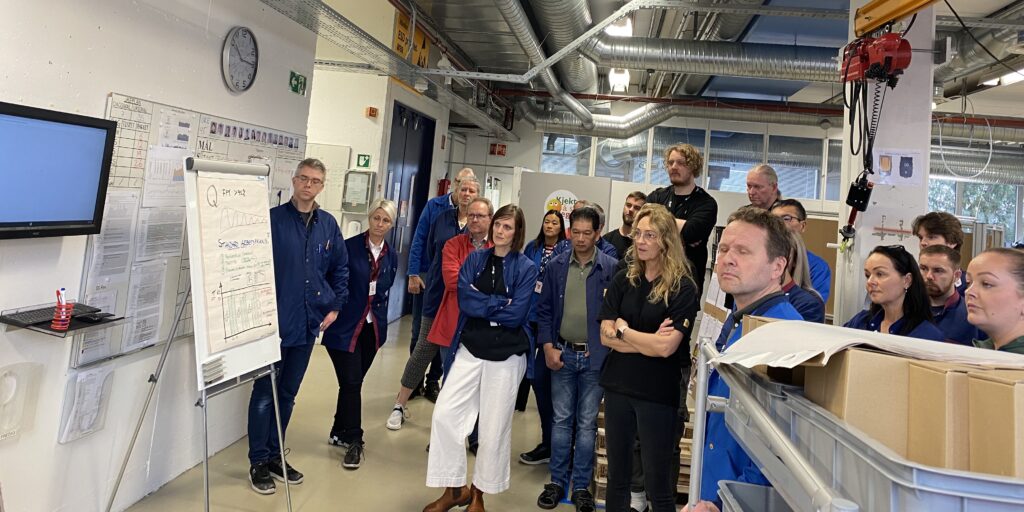
FEATURE – How Lærdal Medical was able to enthusiastically restart its lean journey with help of a good old-fashioned Kaizen Week.
Words: Eivind Reke, with Gert Frick and Torbjørn Gjerdevik
The lean journey of Lærdal Medical is about more than productivity improvements – it’s about “helping save lives”. Over the last three generations, the Lærdal family has led this company, headquartered in Stavanger, Norway, through its transformation from a local publisher of children’s books and manufacturer of plastic toys to a global organization specialising in medical training equipment and simulators – with plants in Norway, China, the USA, and Mexico.
Since the early 2000s, lean and continuous improvement have been a mainstay of their development strategy and helped them to maintain production of high-end simulators in a region mostly known for its oil and gas industry. In other words, they have been able to thrive in a high-cost city in a high-cost country.
As lean practitioners are all too familiar with, keeping up the energy needed to continuously improve is probably one of the biggest challenges a lean organization faces, as leaders, managers, operators, tools, methods, and management fads come and go while the pressure of delivery is constant. So, how does one maintain and cultivate the kaizen spirit in an organization spanning three continents and employing a few thousand people? This is a question we have been asking ourselves over and over again for the past few years.
THE BEGINNING
The first time that managers and employees at Lærdal Medical got in close contact with Lean Thinking was during a consultancy-led implementation in 1998. However, as it often happens in these cases, as soon as the consultants left, the tools and systems they had put in place started to erode, and in due time the company was back to square one. A few years later, they tried again. This time, they focused on a 5S implementation. Their first real breakthrough, however, came when the factory in Stavanger started to experiment with Just-In-Time and quality improvements. Over a couple of years, the plant’s leadership team managed to double productivity and reduce the cost of scrap by 75%, also by engaging with the product development department to fix design issues in the products they were manufacturing in Stavanger at the time. The last big improvement they made was to halve the square meters needed to produce their high-end simulator product line SimMan.
In the spring of 2018, Torbjørn invited a lean expert to the plant and asked for an honest assessment, and that’s exactly what he got. “It’s obvious that you don’t care about quality, and you don’t have a people strategy,” was the blunt but sincere feedback he received. Laerdal has always cared about the quality of their products, and have always been an attractive workplace, so it wasn’t clear to them what the sensei was telling them.
In lean terms, caring about quality is the starting point for finding problems, which are the raw material for developing people. So Lærdal began a new chapter in its lean journey by involving the product development teams in monthly Obeya meetings to look at and discuss quality together. Out of box failures, production issues and problems with supplied part became the focus of these conversations.
This important work was beginning to bear fruits when unfortunately, Jon Åge Bergsagel-Larsen, value stream leader of the product ranges with the highest turn-over and the instigator of many successful lean initiatives in the Stavanger factory was diagnosed with cancer and has not been able to return to his job Shortly after, Covid came, forcing everyone to work remotely and effectively stopping the collaborative work between production and product development. Torbjørn and the remaining value-stream leader Hjarle Hagland were swamped with Covid-related work, and continuous improvement efforts started to peter out. The kaizen spirit was slowly slipping away.
GEMBA-BASED LEADERSHIP DEVELOPMENT
Determined to rekindle the spirit, Torbjørn (who had just been appointed as Vice-President of Manufacturing and Supply-Chain) and Hjarle (who replaced Torbjørn as plant manager in Stavanger) weighted up their options. In the end, they felt that what was needed to bring the kaizen spirit back was an investment in people, and more specifically in the middle managers of the plant.
Having read about the leadership development program that Gert Frick had developed at Volvo Cars, they reached out to Gert to ask him if he would be interested in running a similar training program in Stavanger. The aim was to remind people of the importance of improvement work, train the factory management team in the Toyota Production System, and to reignite the kaizen spirit in every participant. The first students on the list where Torbjørn and Hjarle themselves. The goal was to discover and fix quality problems to raise the first pass yield to 95%. Since the assembly process is almost entirely manual, it made sense to study the precision of manual work by learning the classic tools in standardized work – the fundament of TPS.
Day 1 – Be the change you want to see
“To develop others, first one must develop oneself” sounds like something straight out of the Myagi-san school of thought. But for people like Gert Frick, who have trained and learned directly from Toyota sensei, this is the essence of lean. Lean is first and foremost a transformation of leadership. The organizational transformation follows from the personal transformation of the individual leaders in an organization. And as our Toyota sensei have taught us, one can only truly learn lean by doing. Therefore, after a brief introduction to the basic concepts of TPS, the students – 12 managers from the Stavanger organization – where partnered with an operator and sent out to study the value creating work on the gemba. Stand. Look. What do you see? After a while, the students were asked to identify instances of muri (overburden) in the process, and a chart was created to track problems found, countermeasures taken, and problems solved. The training in observation continued for the rest of the day.
Day 2 – Problem finding, problem solving
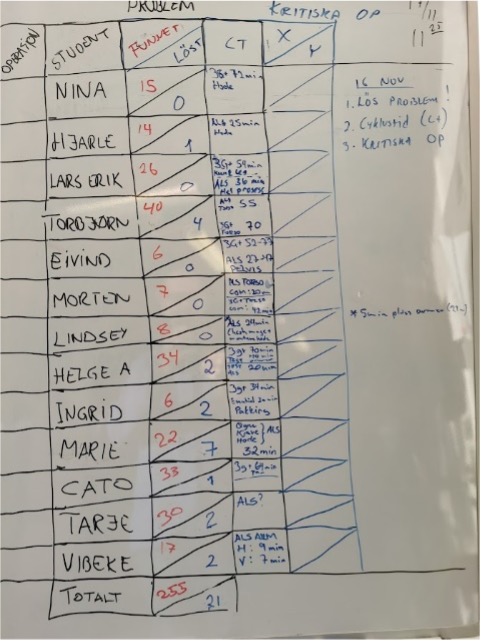 After an early-morning reflection of the day 1 activities together with the operators, the managers (or students) went back to the shop floor to continue their study of the value-adding work and with the task of solving as many problems as they could for the operators along the way. During the day improvements large and small were carried out. Some were implemented immediately, and others were discarded or re-thought, based on the discoveries made during testing. In other words, the students were practicing PDCA. In one case, the operator and student re-arranged the packaging area, getting rid of a disused solvent booth and moving some small machines around so that the operator could work in a smoother flow. Even Gert and Eivind got involved when a small computer desk was replaced by a larger one. Other smaller improvements, such as new tools and jigs, were also tested. After day two, many new problems had been discovered and some had been resolved.
After an early-morning reflection of the day 1 activities together with the operators, the managers (or students) went back to the shop floor to continue their study of the value-adding work and with the task of solving as many problems as they could for the operators along the way. During the day improvements large and small were carried out. Some were implemented immediately, and others were discarded or re-thought, based on the discoveries made during testing. In other words, the students were practicing PDCA. In one case, the operator and student re-arranged the packaging area, getting rid of a disused solvent booth and moving some small machines around so that the operator could work in a smoother flow. Even Gert and Eivind got involved when a small computer desk was replaced by a larger one. Other smaller improvements, such as new tools and jigs, were also tested. After day two, many new problems had been discovered and some had been resolved.
Day 3 – Takt production, a leap of faith
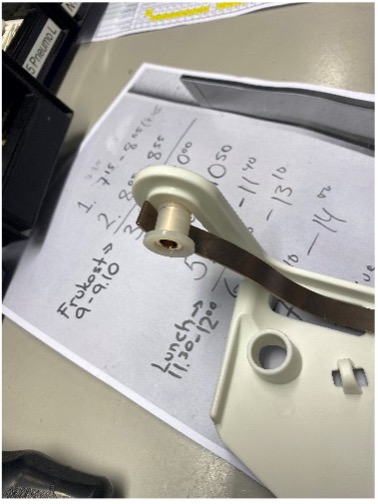 The original plan was to start takt production on day four. However, it was moved forward by a day to be able to run the full sequence of one takt as many times as possible. After all, we are talking about a takt time of 50 minutes. A foreseen stock-out meant that we could only produce the easiest of the three main models and it immediately surfaced how unbalanced production was. After a few runs, Gert and the students along with Mattias, the team leader, went to the Yamazumi board to rebalance the line. Going back to their specialist operators, the students continued to solve problems on the line. They also started a discussion on critical operations within each sub-assembly (critical to quality, high level of difficulty) and how much standard in-process stock was needed at the end of each sub-assembly line.
The original plan was to start takt production on day four. However, it was moved forward by a day to be able to run the full sequence of one takt as many times as possible. After all, we are talking about a takt time of 50 minutes. A foreseen stock-out meant that we could only produce the easiest of the three main models and it immediately surfaced how unbalanced production was. After a few runs, Gert and the students along with Mattias, the team leader, went to the Yamazumi board to rebalance the line. Going back to their specialist operators, the students continued to solve problems on the line. They also started a discussion on critical operations within each sub-assembly (critical to quality, high level of difficulty) and how much standard in-process stock was needed at the end of each sub-assembly line.
Day 4 – Mixing it up
Restarting their training at 7 am in the morning (at the same time the operators came to work), the students had 15 minutes before the first takt started to reflect on the learnings from yesterday. After some inspired teamwork by the purchasing and distribution teams, parts were procured so that the students and operators could test run the most advanced product in takt. As was expected the workload on some of the sub-assemblies meant that cycle time surpassed takt time by as much as 20 to 30 minutes. Not something one can just kaizen away. Again, this led to a discussion on balancing between Hjarle, the plant manager and acting value stream manager, and Mattias the team leader. The students continued their problem-solving efforts and started to summarize their learnings on big cardboard posters.
Day 5 – What’s next?
The last day of the Kaizen Week started off with a short reflection round and three production runs in takt. Afterwards, everyone got together for a quick final discussion during which Gert spoke about the potential going forward. The day ended with each student presenting to the others what they had learned and what they would take with them going forward. Finally, Gert and a few of the students presented their findings to the other senior managers at Lærdal Medical.
MOVING FORWARD
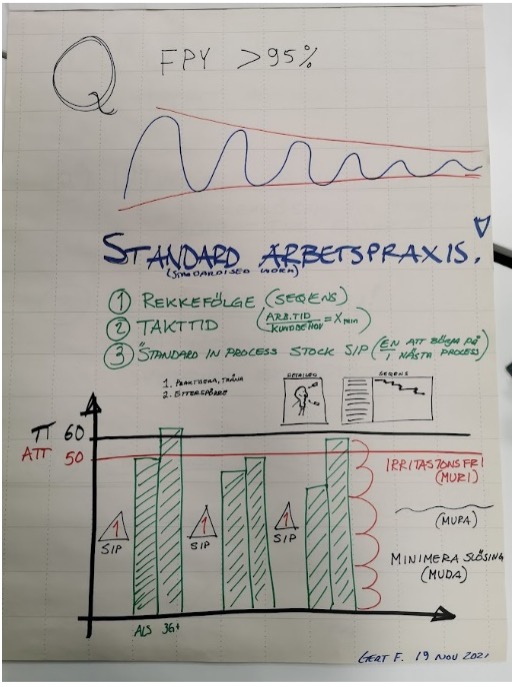 Arguably, the most elusive and difficult part of lean is cultivating the kaizen spirit, finding the people who get a twinkle in their eye when one talks about improvements. However, this might just be one of the most important jobs senior managers are called to do: finding and promoting people who have the energy to lead improvements, who can support the kaizen spirit. Another key, yet difficult management problem that always needs addressing is real, voluntary participation in quality improvements. This, combined with business-critical root-cause problem solving is how we develop people. Finally, if you move towards greater precision with takt time you must also put pressure on leadership to move from the traditional chain-of-command to a chain-of-help. If you are not ready to take this crucial step of true support, you should never attempt such a major change and instead let the fluctuations of normal variation act as the pressure release of the production line. If you do go down this kaizen spirit road, however, you will discover problems and business opportunities you never knew you had. Are you ready to take the next step?
Arguably, the most elusive and difficult part of lean is cultivating the kaizen spirit, finding the people who get a twinkle in their eye when one talks about improvements. However, this might just be one of the most important jobs senior managers are called to do: finding and promoting people who have the energy to lead improvements, who can support the kaizen spirit. Another key, yet difficult management problem that always needs addressing is real, voluntary participation in quality improvements. This, combined with business-critical root-cause problem solving is how we develop people. Finally, if you move towards greater precision with takt time you must also put pressure on leadership to move from the traditional chain-of-command to a chain-of-help. If you are not ready to take this crucial step of true support, you should never attempt such a major change and instead let the fluctuations of normal variation act as the pressure release of the production line. If you do go down this kaizen spirit road, however, you will discover problems and business opportunities you never knew you had. Are you ready to take the next step?
THE AUTHORS
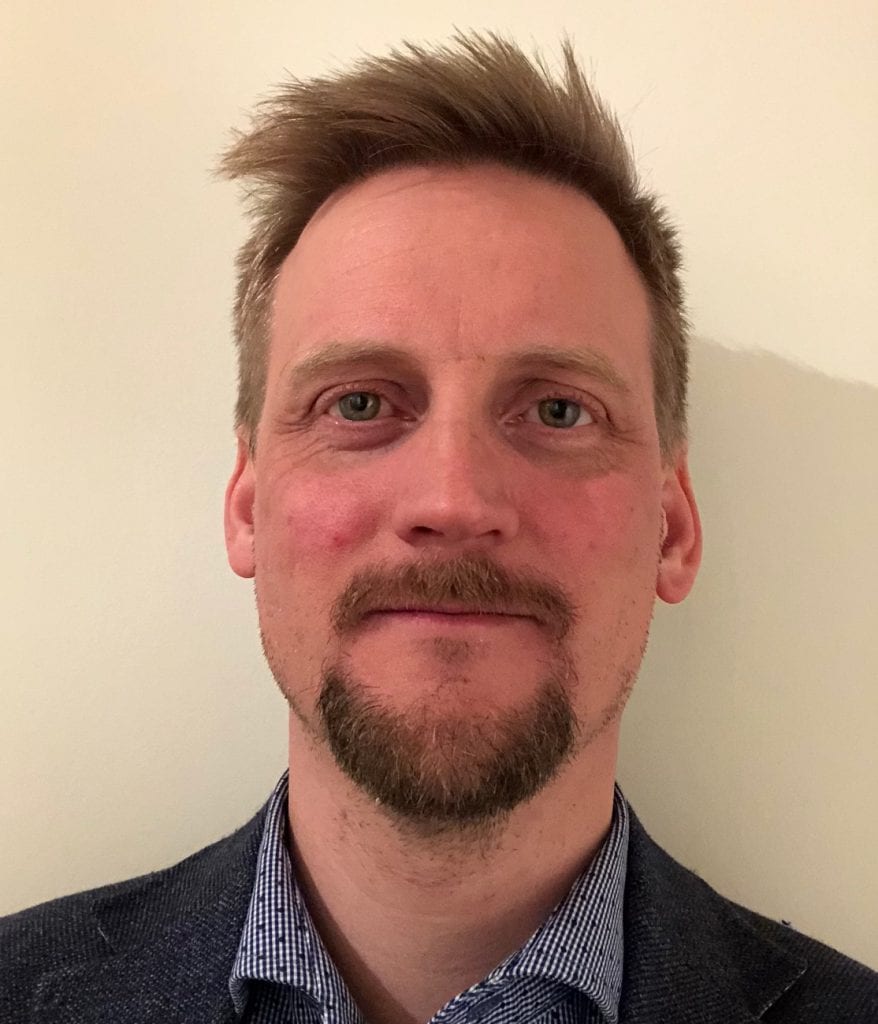
Eivind Reke is a lean author and Chairman of Los Norge.
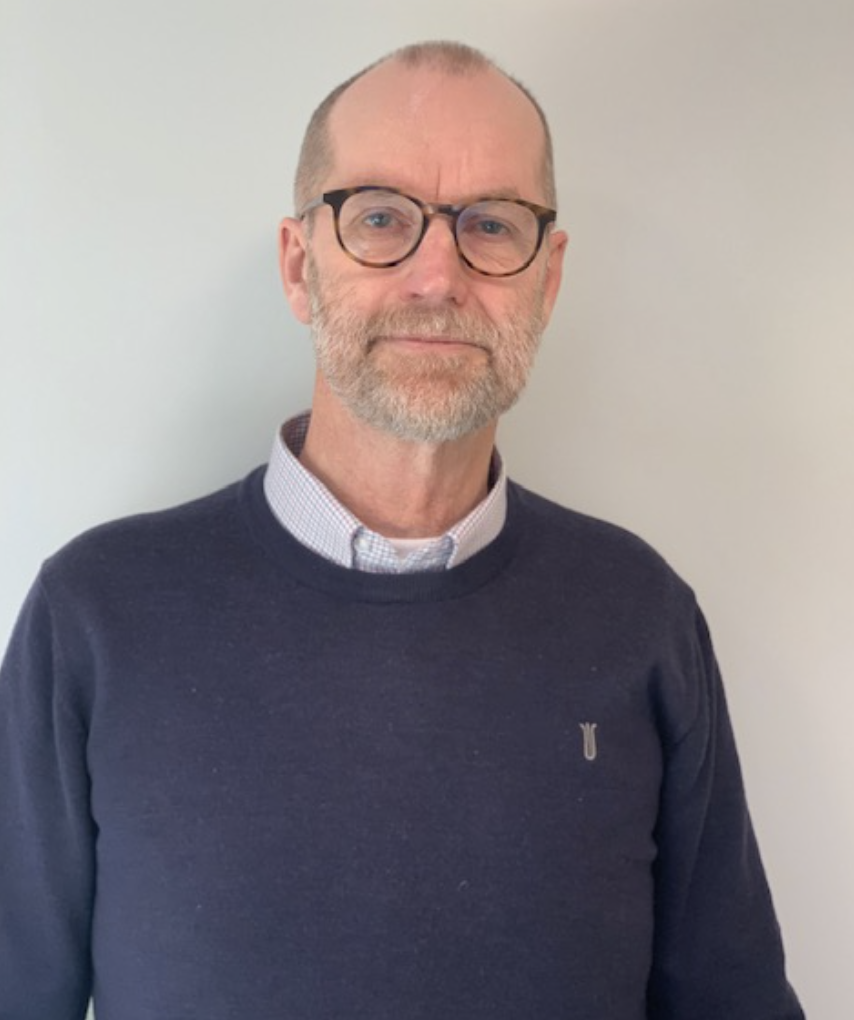
Gert Frick has been working in the automotive industry since the late ’70s and was first introduced to TPS in the early 80s. Now retired, he has been part of transformations at Saab/GM, Scania and Volvocars.

Torbjørn Gjerdevik isVice President SC&M at Laerdal Medical.
Original Article: https://planet-lean.com/laerdal-medical-kaizen-week/
Stay In Touch.
Subscribe to our newsletter and exclusive Leadership content.
We respect your privacy and won’t spam your inbox
